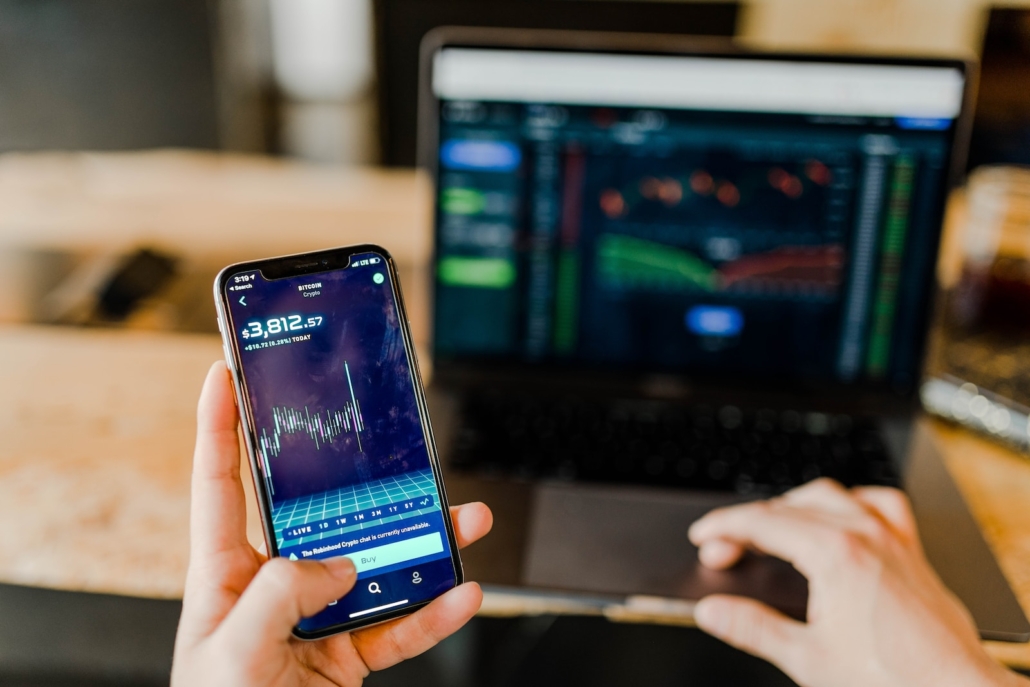Unveiling the Crystal Ball of Success: A Guide to Effective Business Forecasting
What if you could predict the future of your business? What if you could anticipate market trends, customer behaviors, and economic fluctuations with uncanny accuracy? This has been the holy grail of business leaders and entrepreneurs since time immemorial. The ability to see into the crystal ball of success and harness it for effective business forecasting is the key to staying ahead in today’s dynamic marketplace.
The Power of Data
At the heart of effective business forecasting lies the power of data. Historical data, market research, customer insights, and economic indicators all play a crucial role in building a solid foundation for accurate predictions. By analyzing past trends and patterns, businesses can identify the factors that influence their success and project them into the future.
However, not all data is created equal. It is important to gather reliable and relevant data from multiple sources to ensure the accuracy of forecasts. Collaborating with industry experts, utilizing advanced analytics tools, and investing in continuous research are vital steps in establishing a data-driven approach to business forecasting.
The Human Element
While data is a valuable asset, it alone cannot unlock the full potential of business forecasting. The human element, comprising expertise, intuition, and critical thinking, plays an equally important role in effective predictions. Data can provide insights and trends, but it takes human interpretation to understand the underlying dynamics and make meaningful connections.
Successful business forecasters possess a deep understanding of their industry, a keen eye for emerging opportunities and threats, and the ability to make informed decisions based on incomplete or ambiguous information. They stay updated with the latest market news, analyze competitors, and constantly adapt their strategies to stay ahead of the curve.
The Role of Technology
In today’s digital era, technology has revolutionized the field of business forecasting. Advanced algorithms, machine learning, and artificial intelligence have opened up new frontiers in analyzing vast amounts of data and making predictions with unprecedented accuracy. These technologies can quickly process massive datasets, identify complex patterns, and generate insights that human analysts may overlook.
Automation tools and predictive modeling software enable businesses to streamline their forecasting processes, saving time and resources. With real-time data dashboards, executives can monitor key indicators, track market shifts, and make agile decisions to capitalize on emerging opportunities. However, while technology is a powerful enabler, it is important not to overlook the human element and to strike the right balance between advanced algorithms and human judgment.
The Road Ahead
Effective business forecasting is not a one-time activity but an ongoing process. As markets evolve, new technologies emerge, and customer preferences change, businesses must continuously adapt their forecasting methodologies. Regularly reviewing and refining forecasting models, integrating new data sources, and nurturing a culture of innovation and learning are essential to stay ahead in a rapidly changing landscape.
The crystal ball of success may not be a mythical artifact, but the combination of data, human expertise, and technology. By embracing a holistic approach to business forecasting, organizations can unlock new growth opportunities, mitigate risks, and navigate uncertain terrain with confidence.
In conclusion, effective business forecasting is the key to unlocking the future potential of any organization. By harnessing the power of data, embracing the human element, and leveraging cutting-edge technologies, businesses can navigate the complexities of the marketplace and drive their success to new heights. As the saying goes, “The best way to predict the future is to create it” – and effective business forecasting is the compass that guides us in that creation.








